Ford Celebrates Independence Day With Track-Only GT Mk II
The realities of modern racing series are dominated by homologation rules and the balancing of performance between makes and models. As such, the racecar’s engines are sometimes detuned when compared the road-going car upon which they’re based.
In celebration of their 1966 Ferrari-beating LeMans win, Ford Performance wanted to offer its customers a de-restricted track-day version of the GT, which they’re calling the Mk II. With Multimatic, the designers of the Ford GT racecar and manufacturer of all Ford GTs, they threw the rule books out the window and set out to build the ultimate GT track car.
The road-going Ford GT puts out 650 horsepower from its 3.5-liter EcoBoost V6, but the GTE racecar is restricted to only 495 hp per current performance regulations. The GT Mk II pushes the envelope further, making 700 hp. There is a massive roof scoop to funnel air to coolers for the engine, clutches, and transmission. It even has a water-spray system for the charge air coolers so that it will always be able to make that 700 hp.
All the constraints to keep the GT street-legal and driveable have also been shelved. Gone is the adjustable ride height system. Only the lowest 70 mm track mode is in use for the Mk II. Track mode is the only calibration for the engine and 7-speed dual-clutch transmission. All the airbags are omitted, as is most of the rest of the interior.
In its place is a roll cage, bespoke Sparco seats with 6-point harnesses, a fire-suppression system, and MoTeC data acquisition system which doubles as a rear-view camera since the roof scoop blocks rearward visibility from the inside. The modified GT steering wheel has a quick-release to ease ingress and egress through the cage.
According to Brian Makse in his piece for Wheels.ca, the accompanying five-way adjustable Multimatic DSSV dampers have an adjustment range that “is less than half that of a professional racing damper, simply to avoid the end user getting lost in settings while configuring the suspension on their own.” Considering that the racing dampers generally have a tighter operating range than your average aftermarket product, it shouldn’t be possible for a customer to really get it wrong.
The GT Mk II features carbon-ceramic Brembo brakes, reducing unsprung weight and rotating mass while improving durability and performance. Rolling on 19-inch Michelin slick tires and unique forged wheels, the ABS system has been recalibrated to get the most out of the setup on the track.
As per Ford, the Mk II weighs only 3,064 pounds, over 200 pounds less than the road car. Not only that, but the Mk II also makes four-times the downforce of the road car and 400 pounds more than the GTE-spec racecar.
I can personally attest to the compromise in outright performance that is made for homologated race cars. I’m driving a shop-built Shelby GT350 in the NASA ST2 category for 5.2 Motorsports, which is still early in its development. Our car is 300 lbs heavier than the Multimatic-built Mustang GT4, running DOT-legal tires, and lacking much of their trick engineering development. However, my laptimes are solidly amid the times of the top IMSA GS teams at Mid-Ohio. That’s what 100 extra horsepower will do.
As for the GT Mk II, the 205 hp bump over the GTE racing version, along with 400 lbs of additional downforce, should make for an astonishing track car. At least for those who can extract its capabilities from behind the wheel.
Ford Performance and Multimatic are offering the ultimate expression of the GT’s performance potential to 45 lucky customer driver who can afford the $1.2 million cost of entry. Sale and support will be handled directly through Multimatic, who can help customers get the most out of their ownership experience of a GT Mk II. Let’s just hope that these don’t get stored away and their owners drive them as intended.
[Images: Ford]
Following 10 years in Toyota's Production Engineering division, Anthony spent 3 years as a Vehicle Dynamics Engineer for FCA. From modest beginnings in autocross, he won a NASA SpecE30 National Championship and was the 2017 Pirelli World Challenge TC Rookie of the Year. Aside from being a professional racecar driver, he is a private driving coach and future karaoke champion.
More by Anthony Magagnoli
Latest Car Reviews
Read moreLatest Product Reviews
Read moreRecent Comments
- 1sowa Its clearly the "Honda Anyone"
- Oberkanone Nope. Never. Run away. Unreliable money pit.
- Cprescott Good riddance. I hear rent is really cheap in Gary, Indiana.
- Cprescott Apple will eliminate 1 tire and wheel since that is redundant and will make sure the computer system is fruit based and incompatible with anything else.
- Theflyersfan To: Fisker Manhattan Beach EmployeesFrom: The walking god himselfRe: Why your badge didn't workHey guys, you probably noticed some changes this morning like the locks being changed and the lights being out. Don't worry. Bob in Accounting has a huge basement and a pool table so we're going to move on there for our new super awesome headquarters. Get there quickly before the good parking is gone!

























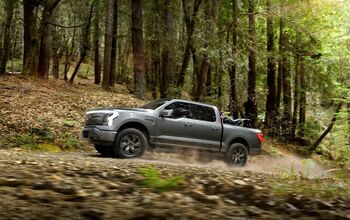
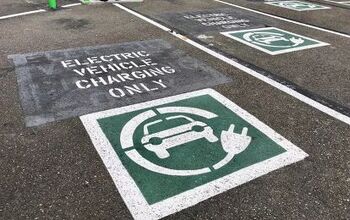

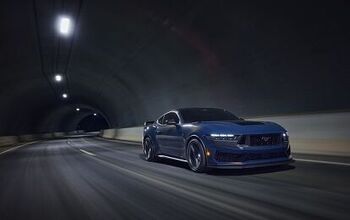

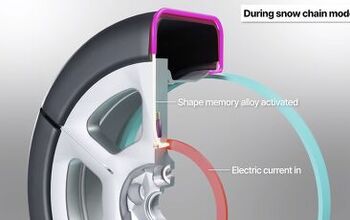
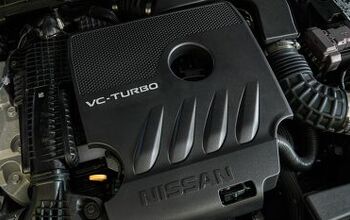




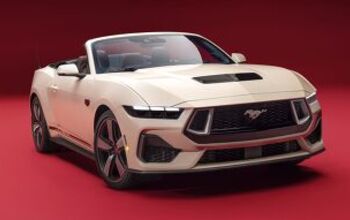
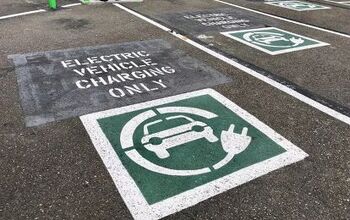
Comments
Join the conversation
Lost in some of these discussions with something named EB, is the fact that Ford is not interested in the old ways that so many cling to. I remember that the fools at a GM blog constantly wanted v8 power and rear wheel drive on everything as if that was the benchmark of our era instead of one from the 1960's. What point would Ford have just putting in a V-8 rather than to keep pushing their main driving force of ecoboost? Promoting old ways is a recipe for bankruptcy. I'd love to see Ford start work on an electric version to show Tesla that building fake luxury cars is for children - real performance out of an electric car does not have to resort to gimmicks and tablets impersonating instrument panels.
Lost in some of these discussion with something named EB, is the fact that Ford is not interested in the old ways that so many cling to. I remember that the fools at a GM blog constantly wanted v8 power and rear wheel drive on everything as if that was the benchmark of our era instead of one from the 1960's. What point would Ford have just putting in a V-8 rather than to keep pushing their main driving force of ecoboost? Promoting old ways is a recipe for bankruptcy. I'd love to see Ford start work on an electric version to show Tesla that building fake luxury cars is for children - real performance out of an electric car does not have to resort to gimmicks and tablets impersonating instrument panels.